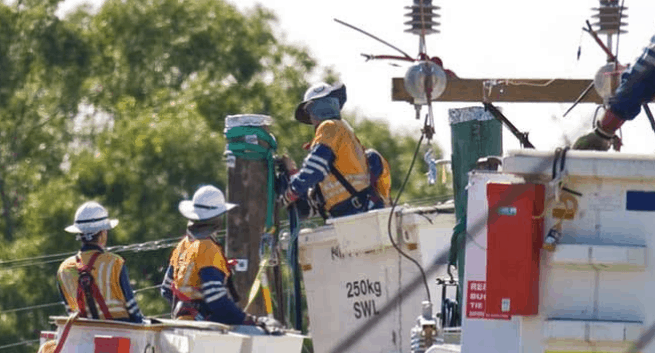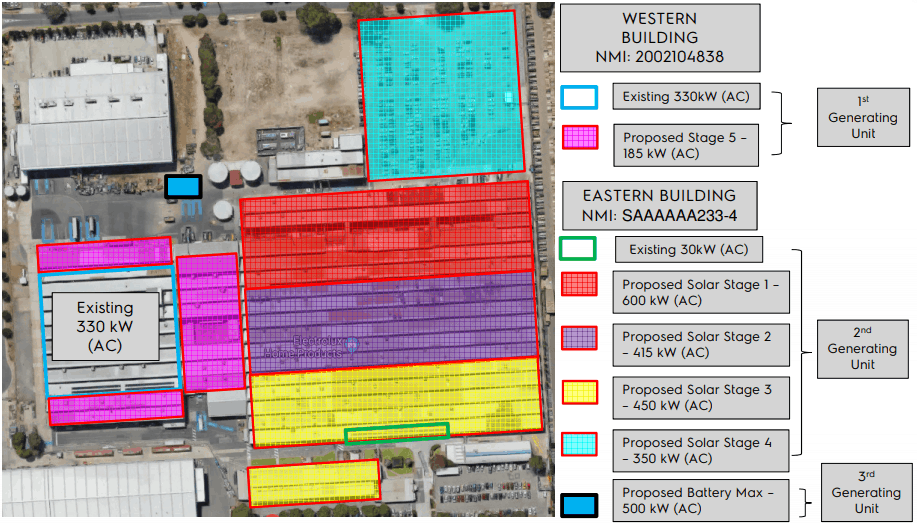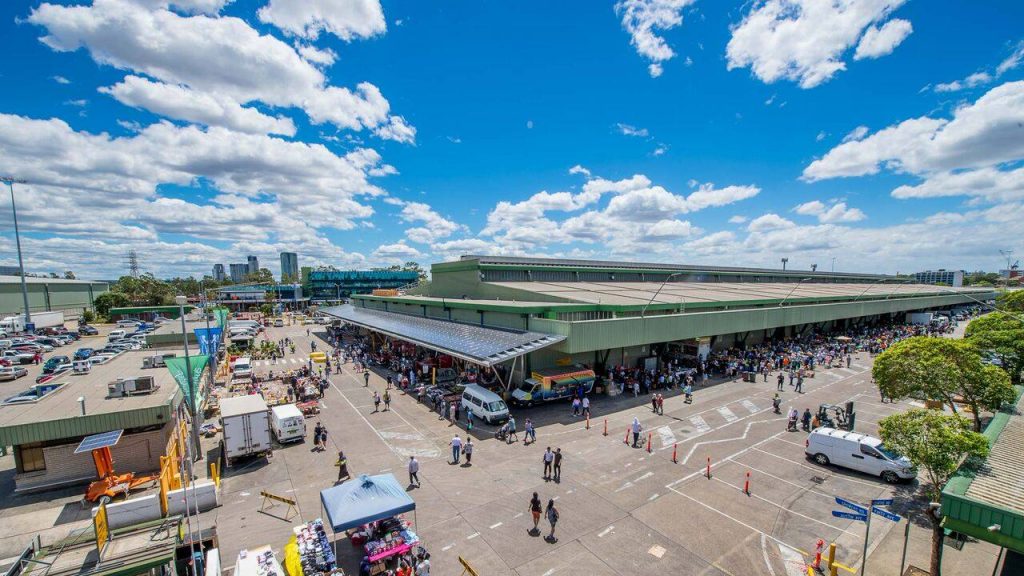Queenslanders that have a solar battery (AKA energy storage) powered by PV solar panels on their roof can earn $50 by registering it on the Queensland solar battery database which was announced last Wednesday, ahead of a national database which is currently being discussed.
Solar battery database in Queensland
Queensland Energy Minister Dr Anthony Lynham announced the database which will work in tandem with the Australian Energy Market Commission, who are currently working on national rules for a register of battery storage systems and distributed energy devices.
“Households with solar panels are starting to install batteries to store their solar power to use during peak periods,” Lynham said on a press release entitled ‘Queensland leads the way on energy storage‘ hosted on the Queensland Government website.
“Energex and Ergon Energy need to know where those batteries are in an emergency, but also because those batteries can help better manage the electricity network and supply during peak demand.
“This is part of our plan to use network energy assets to further lower wholesale prices, minimise price spikes and increase the resilience of the power networks,” he said.
“For example, households with batteries, and the service providers operating the equipment on their behalf, will be able to respond to possible peak load events by optimising the use of their battery stored power.”
The register will be to help improve safety during emergencies as emergency service responders can attend fire scenes and if they aren’t aware of energy storage at the premises, it can be an issue for obvious reasons.

Energy Queensland Chief Executive Officer David Smales discussed the safety concerns and why Queensland are jumping ahead to establish this database:
“Capturing these details in a centralised register will help address these potential safety concerns.
“It will also create opportunities for Ergon Energy and Energex to potentially work with customers to use these installed battery systems to more broadly contribute to addressing demand and voltage issues in the electricity grid.”
If you want more information about the project or how to redeem your $50 please visit www.energex.com.au or www.ergon.com.au.
Queensland’s solar future is looking bright, with the Palaszczuk Government’s “Powering Queensland’s Future” plan, solar power on over a third of homes, and renewable energy jobs in Queensland more than doubling late last year.





